Baseball stadiums across the United States are as iconic as the teams that play in them, each offering unique features, history, and an atmosphere that makes game days unforgettable. From retractable roofs to historic architecture, they are designed to enhance the fan experience while accommodating thousands of passionate supporters. This list highlights the largest stadiums by seating capacity, each known for its distinctive design, scenic views, and special amenities.
Fenway Park
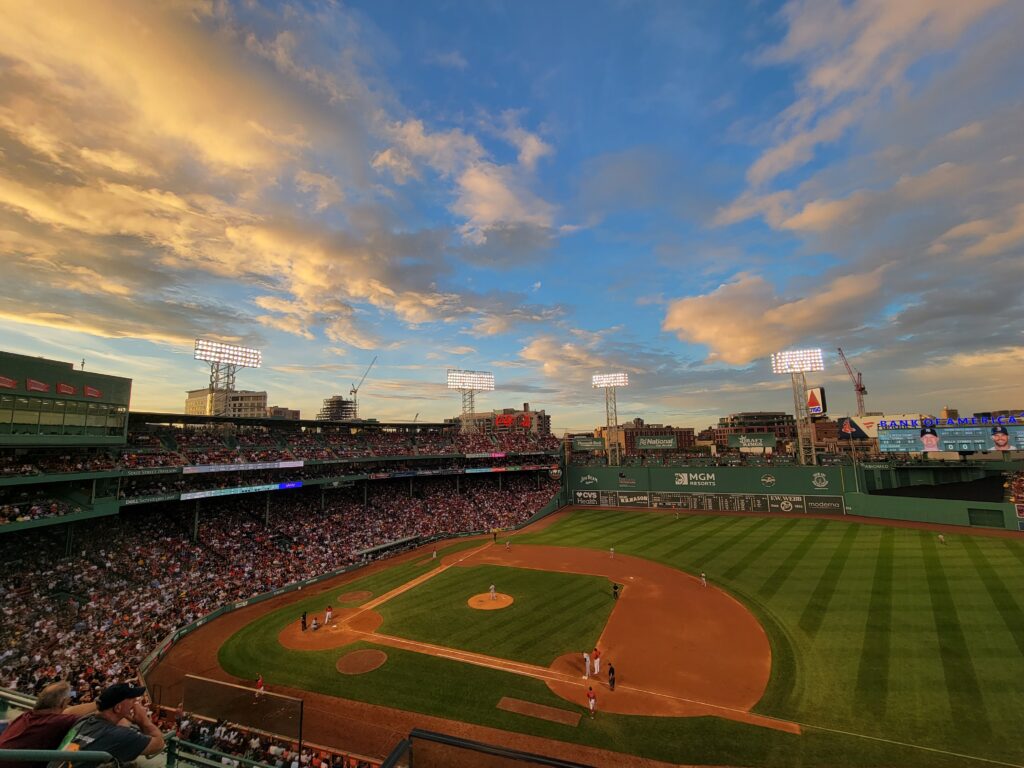
Fenway Park in Boston, Massachusetts, is one of the most iconic baseball stadiums with a seating capacity of approximately 37,731. Home to the Boston Red Sox, it is the oldest active ballpark in Major League Baseball, having opened in 1912. Known for its famous “Green Monster,” a towering 37-foot wall in left field, it is cherished for its classic charm and historic significance. Despite its smaller size compared to newer stadiums, it offers an intimate fan experience that has captivated generations. Over the years, it has hosted numerous memorable moments and legendary players. It is located in a vibrant area of Boston, adding to its iconic status.
Kauffman Stadium

Kauffman Stadium in Kansas City, Missouri, has a seating capacity of 37,903 and has served as the home of the Kansas City Royals since 1973. Known for its picturesque fountains and waterfall display in the outfield, it offers a visually unique experience for fans. Its circular design and open-air layout provide a great view from almost every seat, making it a comfortable and engaging venue. It has undergone multiple renovations to improve fan amenities, including adding high-definition video boards and new seating areas. Located adjacent to Arrowhead Stadium, it is part of Kansas City’s sports complex, making it a focal point for local sports fans. Its atmosphere and design contribute to a welcoming fan experience, emphasizing the Royals’ connection with their community. Its distinct features make it a standout among modern MLB parks.
Globe Life Field
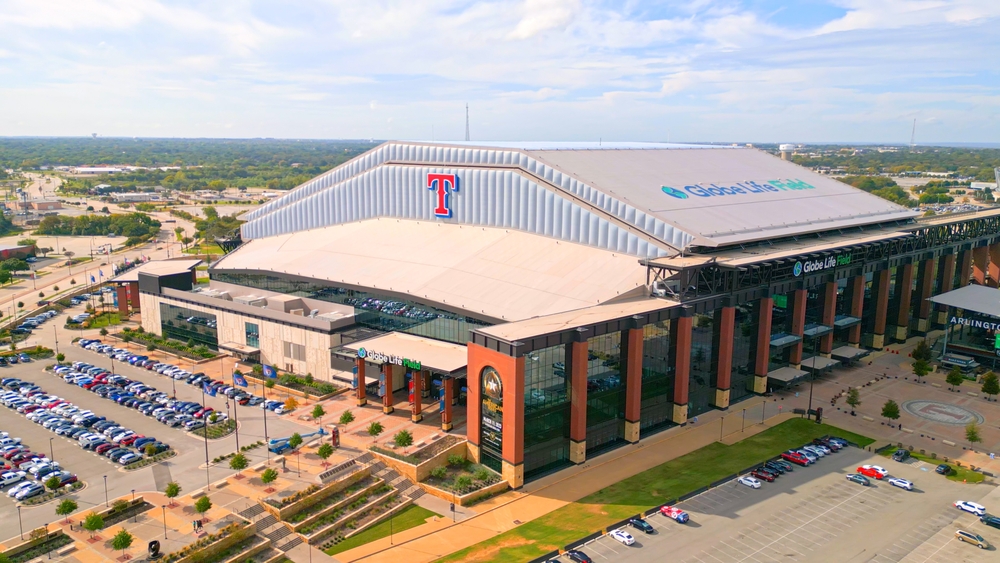
Opened in 2020, Globe Life Field in Arlington, Texas, has a seating capacity of 40,300. This stadium, designed for the Texas Rangers, features a retractable roof that provides shade from Texas’s intense sun, ensuring a comfortable experience in any weather. Its architectural elements incorporate classic ballpark vibes alongside modern comforts. The facility is known for its vast food selection, from Texas BBQ to gourmet hot dogs. A large video board adds to the fan experience, providing instant replays and highlights. This newer ballpark already has a strong fan following and is a leader in stadium technology.
Wrigley Field

Wrigley Field, located in Chicago, Illinois, has a seating capacity of around 41,649 and is home to the Chicago Cubs. Opened in 1914, it is the second-oldest MLB stadium and is famous for its ivy-covered outfield walls and hand-operated scoreboard. The stadium provides fans with a nostalgic baseball experience, bringing together generations of Cubs supporters. It is also known for its unique neighborhood setting, where nearby rooftops offer additional game-day viewing areas. It has seen numerous upgrades while retaining its classic look and feel, including the installation of modern amenities for fans. As a historic ballpark, it is an enduring symbol of Chicago baseball and continues to be a fan favorite.
Oriole Park at Camden Yards
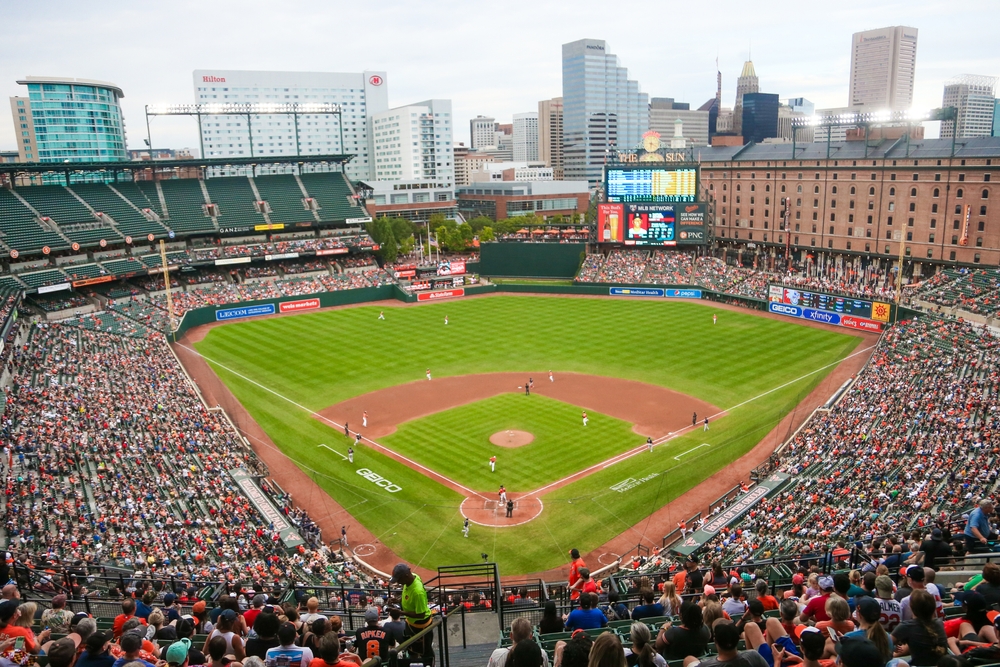
Oriole Park at Camden Yards in Baltimore, Maryland, has a capacity of 45,971 and is renowned for its unique retro-style design, setting the standard for stadium architecture since 1992. Serving as the home of the Baltimore Orioles, it was one of the first to incorporate a “retro-classic” design, merging nostalgic aesthetics with modern amenities. The iconic B&O Warehouse beyond right field adds historical charm to the venue. Known for intimate sightlines, it gives fans a close-up feel during games. It also offers regional foods like Maryland crab cakes, enhancing the local charm. It continues to be a fan favorite, blending traditional ballpark ambiance with modern touches.
Yankee Stadium

Located in the Bronx, New York, Yankee Stadium has a seating capacity of 47,309, making it one of the largest stadiums in Major League Baseball. It opened in 2009, combining modern architecture with design elements reminiscent of the original Yankee Stadium from 1923. It serves as the home field for the New York Yankees and offers fans a premium game-day experience with a variety of upscale food and drink options. Monument Park, a tribute to past Yankees legends, adds a historic touch to this modern venue. It also hosts events beyond baseball, including soccer matches and concerts.
T-Mobile Park

Seattle’s T-Mobile Park, with a capacity of 47,715, is a prominent stadium in the Pacific Northwest, serving as the home of the Seattle Mariners since it opened in 1999. Originally named Safeco Field, it is known for its retractable roof, which shields fans from Seattle’s frequent rain while preserving the open-air stadium feel. Fans are treated to sweeping views of the Seattle skyline and Elliott Bay, enhancing the stadium’s visual appeal. It is also eco-conscious, incorporating sustainability initiatives. Fans can indulge in a variety of local food options, from seafood to the popular garlic fries. It continues to attract crowds with its fusion of traditional baseball charm and modern amenities.
Chase Field
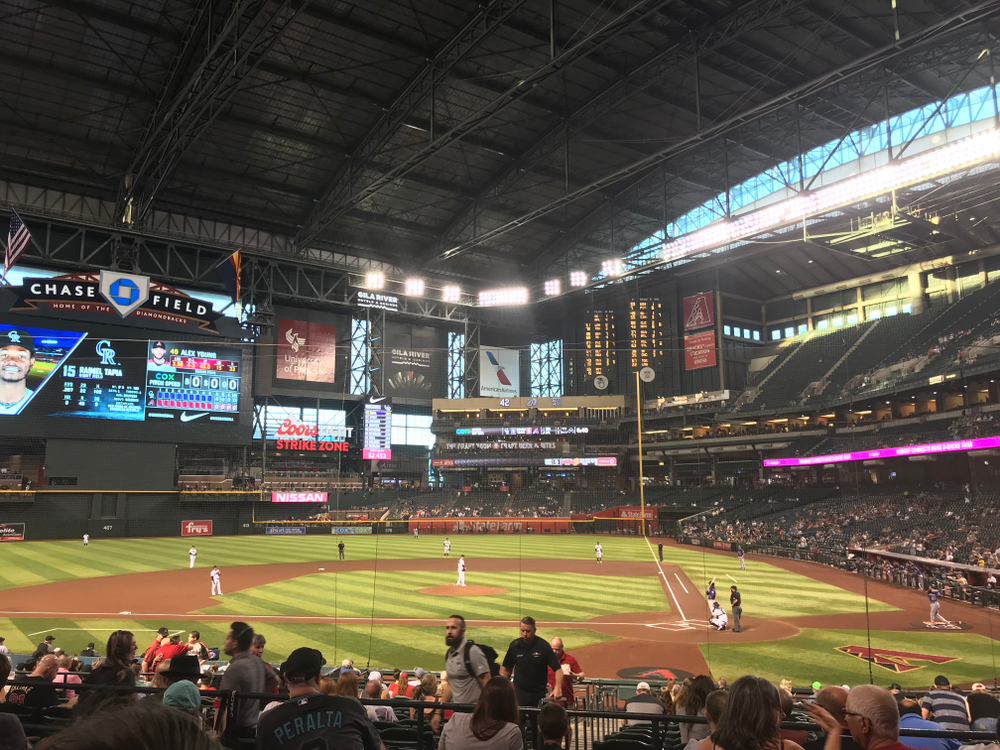
Chase Field in Phoenix, Arizona, boasts a seating capacity of 48,686 and serves as the home of the Arizona Diamondbacks. Since its opening in 1998, the stadium has been notable for its innovative retractable roof, which allows games to be played in cooler temperatures amid Arizona’s intense summer heat. It was the first baseball stadium in the United States to have such a roof over a natural grass field. One of its standout features is a swimming pool in right-center field, available for fans to rent during games. Its diverse food options include everything from local specialties to classic ballpark fare, making it a memorable experience for fans in the desert.
Coors Field
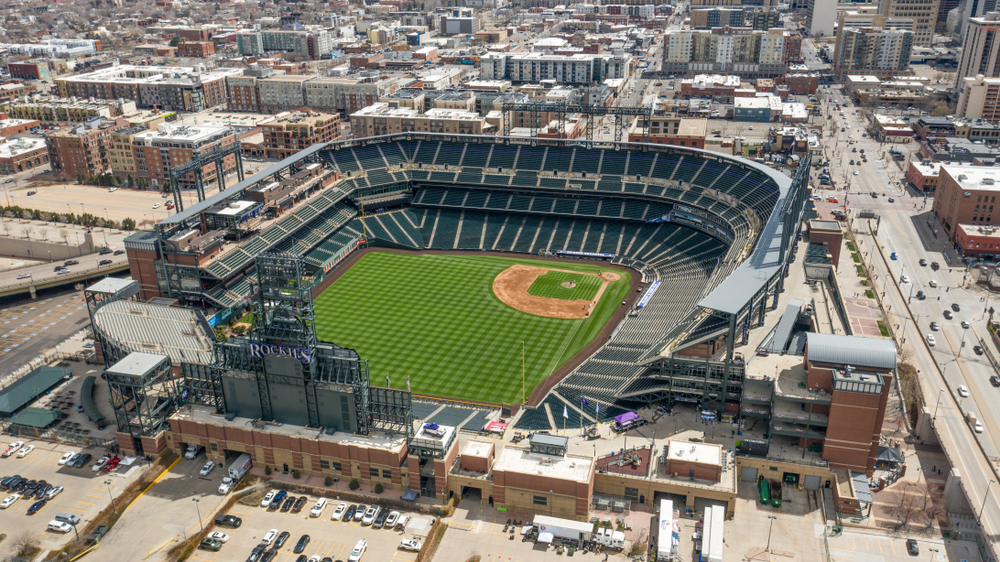
Denver’s Coors Field, home to the Colorado Rockies, offers seating for 50,144 fans, making it one of the largest in the MLB. Opened in 1995, this stadium is famous for its breathtaking views of the Rocky Mountains, giving it a unique ambiance. Known for being at a high altitude, it is considered a hitter-friendly park, as Denver’s thin air can cause baseballs to travel farther. It also features its own on-site microbrewery, The Sandlot, where fans can enjoy freshly brewed beer. Fans can also enjoy regional foods like Rocky Mountain Oysters. With its vast seating and scenic surroundings, it provides an unforgettable experience for Rockies fans.
Dodger Stadium
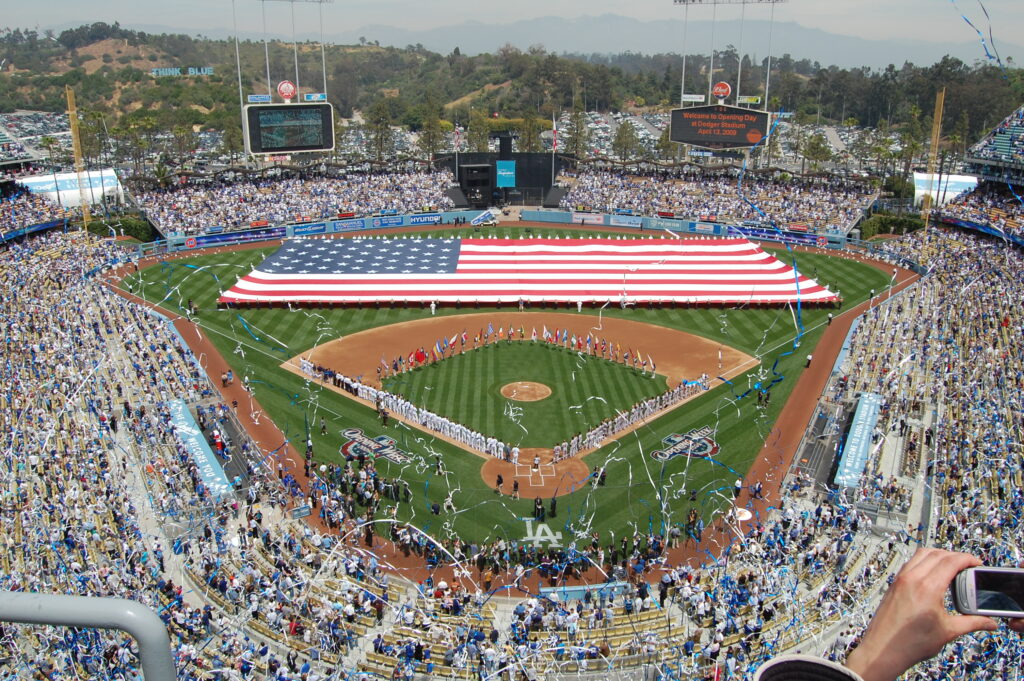
With a capacity of 56,000, Dodger Stadium in Los Angeles, California, is the largest baseball stadium in the United States. It opened in 1962 and has been the home of the Los Angeles Dodgers ever since. It is renowned for its beautiful setting in the Chavez Ravine, offering fans a scenic view of the San Gabriel Mountains. Known for its retro-modern architecture, it has retained its charm while incorporating modern upgrades. Fans flock here for the iconic Dodger Dogs and a variety of other food options. It has hosted numerous World Series games, adding to its historical significance.
This article originally appeared on Rarest.org.
More from Rarest.org
10 Endangered Cultural Practices Preserved by Indigenous Tribes

Indigenous tribes around the world hold a wealth of cultural practices that have endured for generations. Many of these traditions are at risk due to modernization, environmental changes, and external pressures. However, tribes continue to preserve these practices, ensuring that their heritage remains alive. Read More.
22 Striking Reptiles with Unusual Color Patterns
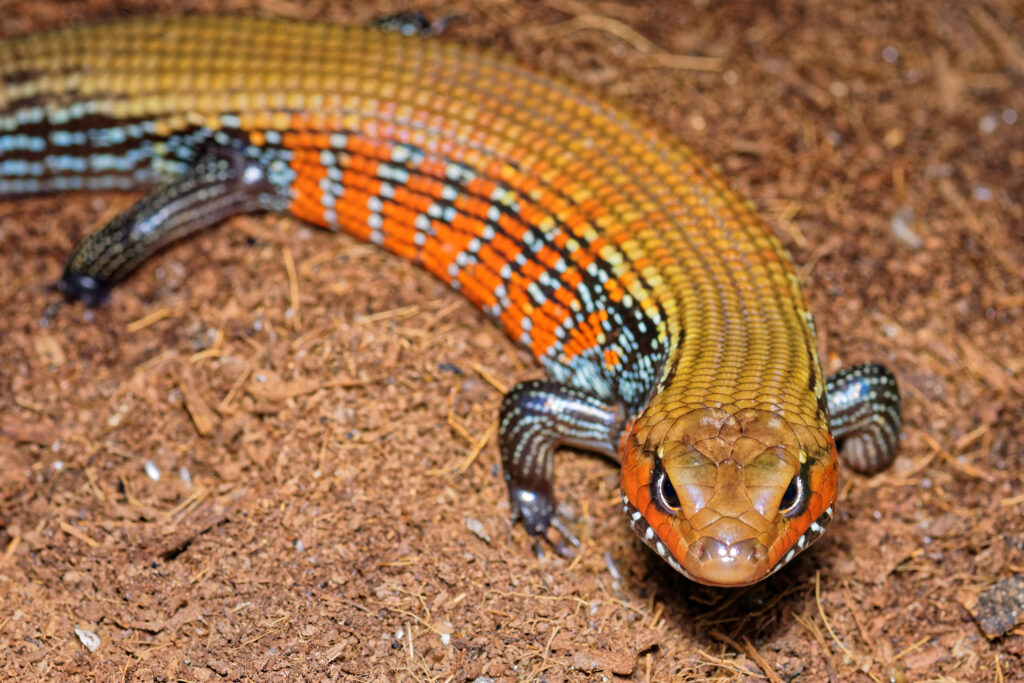
Reptiles are known for their impressive variety, and some species boast truly striking color patterns. Their coloration not only serves a purpose in camouflage or mating but also highlights the incredible diversity of the reptile world. Read More.
16 Elusive Big Cats That Roam the World`s Densest Jungles
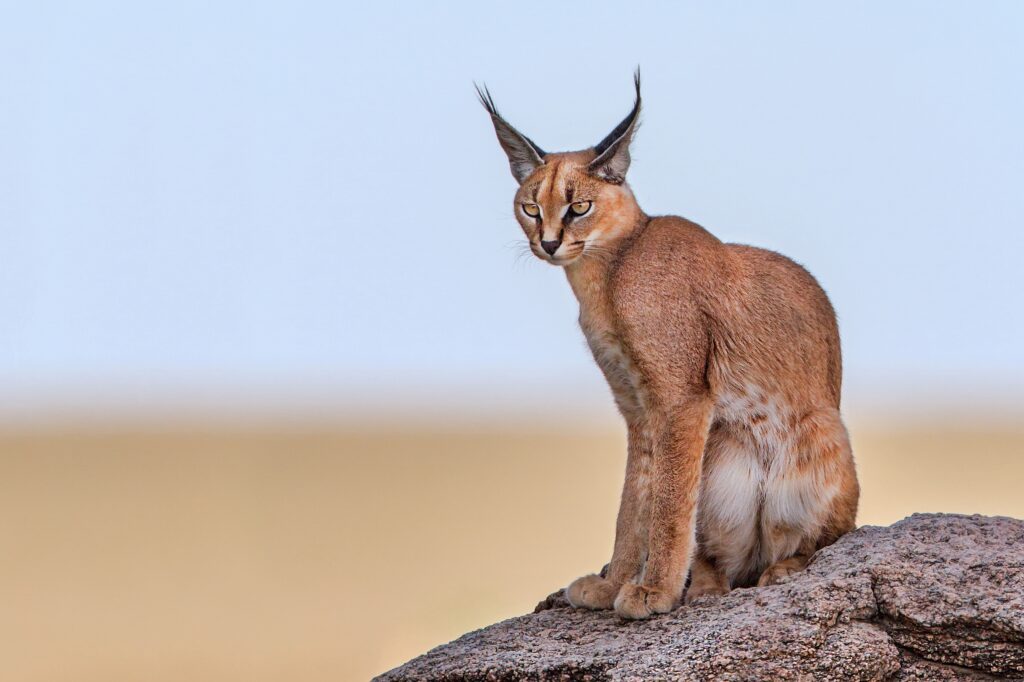
The world’s jungles are home to some of the most elusive and mysterious big cats. These majestic creatures often hide in the shadows, making them difficult to spot even in the densest of forests. Read More.
